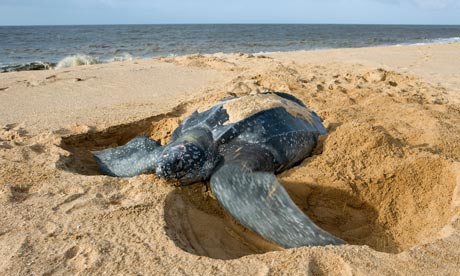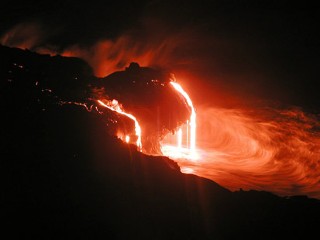 The team says it is almost certain that a large Baptistina fragment created the 180km Chicxulub crater off the coast of the Yucatan 65 million years ago. The impact that produced this crater has been strongly linked to the mass extinction event that eliminated the dinosaurs. Image from The BBC.
The team says it is almost certain that a large Baptistina fragment created the 180km Chicxulub crater off the coast of the Yucatan 65 million years ago. The impact that produced this crater has been strongly linked to the mass extinction event that eliminated the dinosaurs. Image from The BBC.From Wired Science:
Without more funding, NASA will not meet its goal of tracking 90 percent of all deadly asteroids by 2020, according to a report released today by the National Academy of Sciences.
The agency is on track to soon be able to spot 90 percent of the potentially dangerous objects that are at least a kilometer (.6 miles) wide, a goal previously mandated by Congress.
Asteroids of this size are estimated to strike Earth once every 500,000 years on average and could be capable of causing a global catastrophe if they hit Earth. In 2008, NASA’s Near Earth Object Program spotted a total of 11,323 objects of all sizes.
Read more ....

















